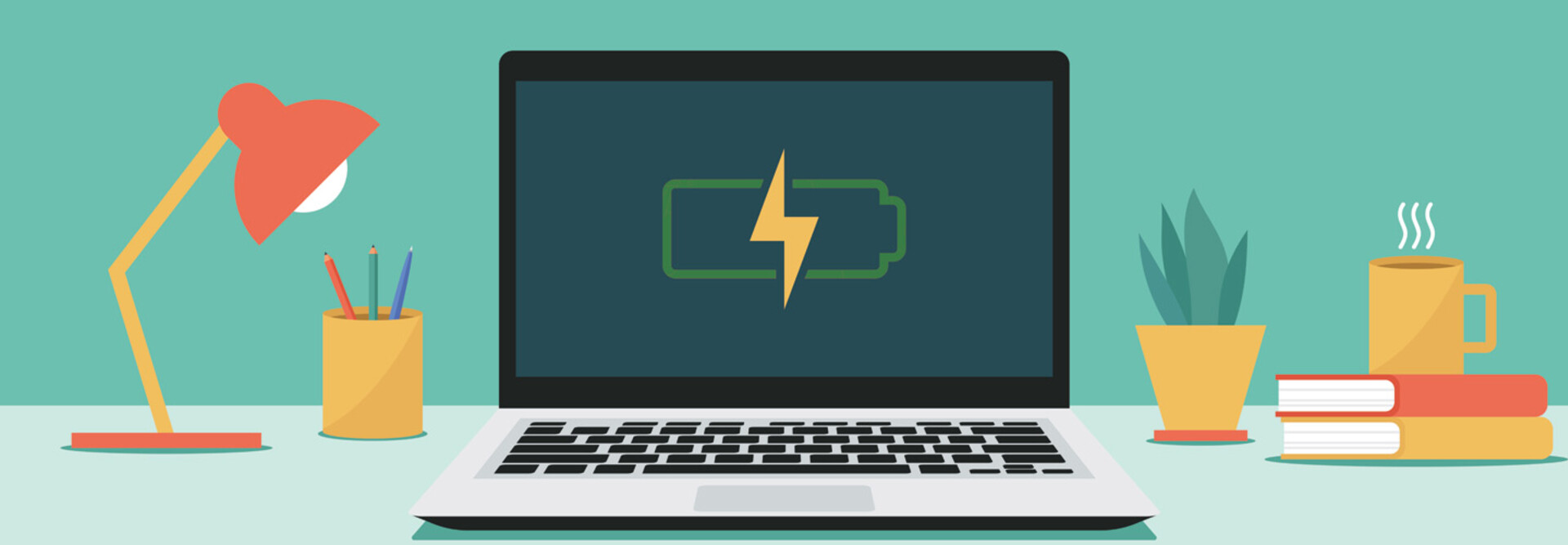2. Smart Power Charging Systems for Efficiency
Smart power technologies optimize charging to ensure devices reach a full charge as efficiently as possible.
Power Technologies’ Intelli-Sense prioritizes the devices most in need and then rotates charging accordingly. Bretford uses timers that alternate power between rows of devices every few minutes.
“Various power management systems have become available on the market, and although different iterations exist, the crux of the functionality is to intelligently provide power inside the carts on an as-needed basis,” says Fox.
DIVE DEEPER: Efficient charging is just one way to improve your school’s sustainability.
3. Charging Self-Service and Identity Management for Accountability
In 2024, LocknCharge introduced a self-service feature that lets students check out devices themselves, and also allows them to report broken devices by using a tablet interface. Administrators can monitor the process through a dashboard. If they notice that a particular student continually loses a device or doesn’t keep it charged, teachers can help address the issue.
“That’s really where we’re seeing the shift,” says Lichtie. “Yes, this product charges, but it’s more about that automation and empowering students to be responsible.”
LocknCharge’s platforms also integrate with identity management programs, letting students use existing credentials to access lockers. IT can assign device permissions and track every transaction.
“There’s complete visibility and accountability,” Lichtie says.
Charging Station Features Designed for K–12 Classrooms
In school environments, durability and physical security are critical. Power Technologies offers tamper-resistant, all-metal frames with lockable storage to keep devices safe between classes and overnight, Burns says.
Fox highlights safety, recommending that districts ensure charging solutions are UL-listed in their entirety, rather than only having UL-listed components. “It’s a completely separate certification process,” Fox says. “It’s a costly process for manufacturers but necessary for an overall safe experience.”
Many districts also value flexibility and organization in charging solutions.
For example, Power Technologies offers adjustable dividers to accommodate mixed-device fleets and removable baskets to make distribution faster, says Burns. Similarly, while many devices have standardized on USB-C ports, schools that want the most flexibility may want carts that offer different connectivity options, Lichtie says.
Mobility matters too. If carts will be on the move, look for strong, reliable wheels that can lock and provide appropriate maneuverability, says Fox. “It’s an often-overlooked feature but a crucial component,” he says.
RELATED: Epson’s mobile projectors move seamlessly around a K–12 school.
Teachers are often pleasantly surprised to learn about new features in charging solutions, says Lichtie. “Teachers are the ultimate problem-solvers so they’ve all come up with ways to address charging concerns, and they aren’t always aware that there’s an easier, better way,” she says.












